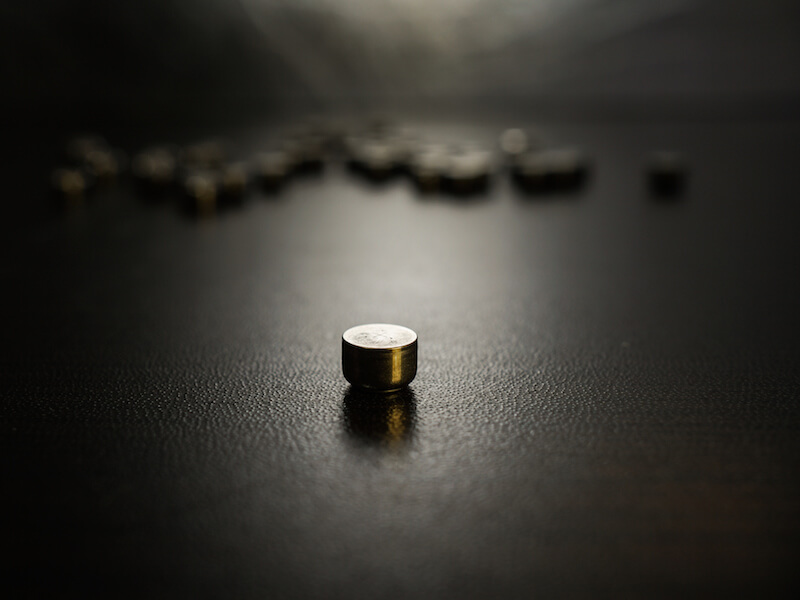
From cameras to phones to music players, how we power our electronics has evolved. For decades, individuals looking to manage hearing loss have hoped for a similar progression, and the industry is finally realizing the promise of a powerful rechargeable hearing aid battery.
Size 312 batteries are the most common of the disposable batteries that have traditionally been used to power hearing aids. The most popular form of this battery, now, is “zinc-ion”.
The Drawback to Disposable Hearing Aid Batteries
The presence of air impacts a zinc-air battery, as the name implies. The user needs to pull a small tab off the back of a 312 zinc-air battery to activate it.
They will begin losing power as soon as they are fully oxygenated. That means power is start to drain whether the user is ready for it or not.
Most users regard the duration of life to be the most significant disadvantage of disposable batteries. With 312 batteries, the user may be changing the batteries in their hearing aids about 120 times each year because they die in 3 to 12 days according to some reports.
That also means users may need to purchase 120 batteries, spend the time twice a week to change them, and correctly dispose of each. From a cost point of view alone, that likely equals over $100 in battery purchases.
Rechargeable battery Advancements
Rechargeable hearing aid technology has advanced to the point where it’s now a viable solution and that’s good news for individuals who wear hearing aids.
Studies have revealed that most individuals overwhelmingly prefer to wear rechargeable hearing aids. Over the years, these models were impractical because they didn’t maintain a charge long enough. But today’s rechargeable batteries will last all day without requiring a recharge.
Users won’t see significant cost savings by changing to rechargeable batteries, but where they will see a demonstrated improvement is in quality of life.
In addition to providing 24 hours of charge time, these new models lead to less frustration for the user, since there’s no more swapping and correctly disposing of batteries. They just need to place the battery on the charger.
A disposable battery nearing the end of its life simply can’t operate at full power. And you can’t tell how near the battery is to quitting. So the batteries could die at the precise moment that a user needs them the most which might even put them in peril. Not only is this a safety hazard, but users could miss out on significant life moments due to a faulty battery.
Hearing Aids Come in Different Types
There are distinct benefits to each of the different materials that rechargeable batteries are constructed from. The ability to maintain a charge for 24 hours is one reason why integrated lithium-ion batteries are one practical option that manufacturers provide. And smart-phones are powered by this same type of battery which might be surprising.
Silver-zinc technology is another material used for modern rechargeable hearing aids. This revolutionary technology was originally developed for NASA’s Apollo moon missions. You can even use this technology to modify and retrofit the existing hearing aids you’re comfortable with by converting the device to rechargeable power. These batteries, similar to lithium-ion, will also last all day before requiring a recharge.
There are also models that allow you to recharge the hearing aid without removing the battery at all. For these, users will place the entire hearing aid on a charging station when they sleep or during another time when the device isn’t in use.
While all of these rechargeable solutions offers significant advantages over disposable batteries, each option should be properly vetted to get a complete picture and to discover if it’s right for you.
If you’re searching for more information about hearing aid technology or how to select the ideal hearing aid to meet your needs, we encourage you to look at our hearing aids section.
